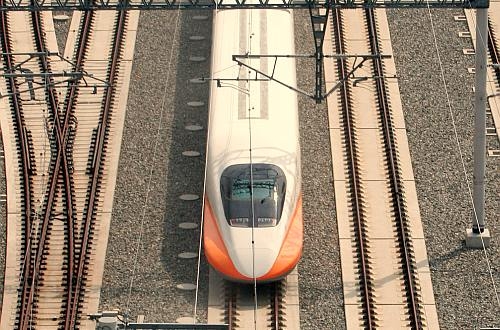High-speed rail has been under discussion in India for the last 17 years, but appeared to take the first concrete step forward earlier this month, with the signing of a memorandum of understanding between Indian Railways and the Japan International Cooperation Agency (JICA) for a feasibility study into the construction of a 540km high-speed line between Mumbai and Ahmedabad.
A preliminary study carried out by consortium of Rites, Italferr, and Systra, estimated the cost of the project at Rs 700bn ($US 13.2bn).
"High speed plans are very much on the fast track now," says HSRC chairman Mr Satish Agnihotri, who also chairs IR's project unit Rail Vikas Nigam, the parent company of HSRC.
IR plans to set up a High Speed Rail Authority (HSRA) as a regulatory body which will supervise administrative, institutional, and financial issues. "The HSRA will be set up shortly," Railway Board chairman Mr Arunendra Kumar confirms.
IR is also working on plans to strengthen and upgrade track and signalling systems to increase speeds for long-distance passenger trains from 120km/h to 160-200km/h. A Japanese-sponsored study is being carried out to look at the possibility of running Rajdhani trains at up to 200km/h between Delhi and Mumbai.
India's high-speed plans are likely to gain momentum after the forthcoming general election, which will be held in May 2014.

